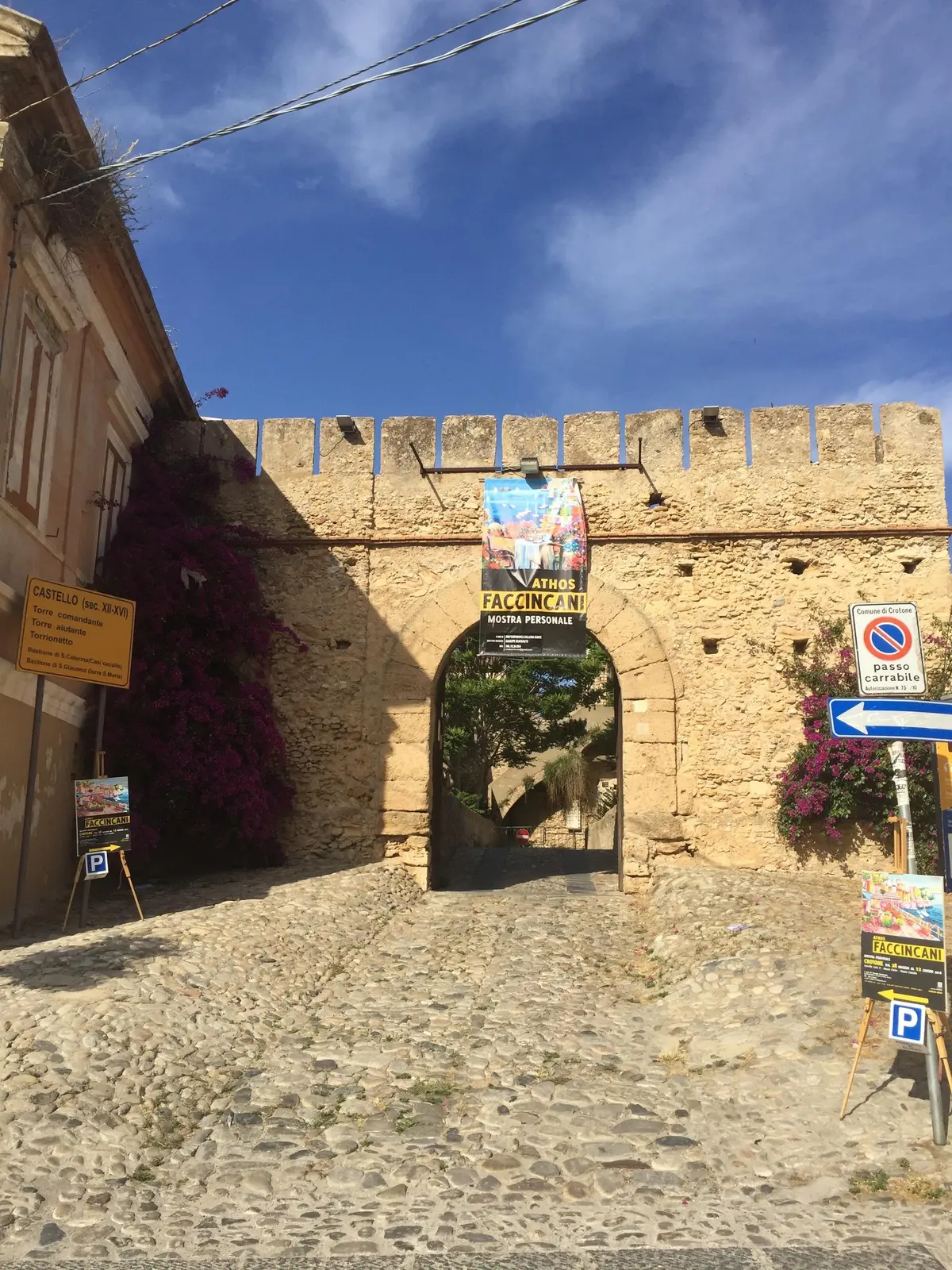A dive between parks and marine areas in Calabria
Sea in Calabria, between nature and water sports
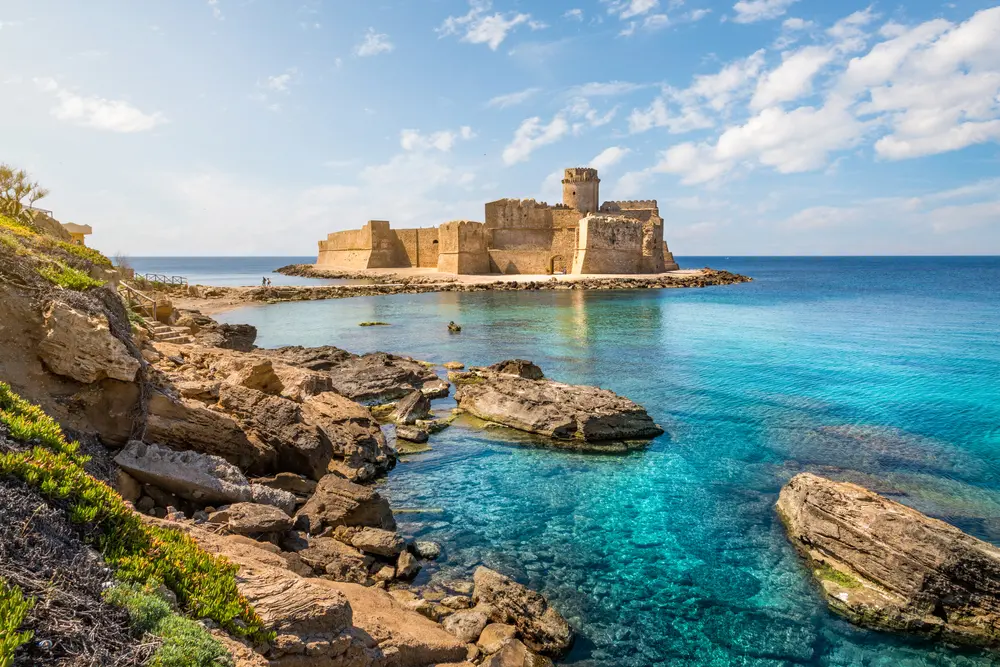
Sport and nature
mRGB/Shutterstock
Among the Italian regions with the most kilometres of coastline, almost 800 lapped by two seas, with its 19 Blue Flags and 20 Green Flags, Calabria confirms itself as a marine paradise not only for those who choose it as a summer holiday destination for diving, relaxation and fun, but also for lovers of wild nature and water sports to be practised in an environmentally sustainable way.
Between the Ionian Sea and the Tyrrhenian Sea in Calabria, in fact, a series of marine ecosystems and dunes develop that, in addition to guaranteeing an uncontaminated habitat for various species threatened with extinction, offer conscious sea-goers the opportunity to admire the flora, fauna and ancient wrecks that are part of one of the most important underwater heritages in the Mediterranean.
Capo Rizzuto Marine Protected Area
Let's start with the "queen" of the Calabrian sea.
We are located in the Middle Ionian Sea, in the province of Crotone, along the so-called Costa dei Saraceni (Saracen Coast), whose name evokes the ancient pirate raids of which these localities preserve the memory in the fortified architecture and legends concerning some famous local characters.
It is here that the "Capo Rizzuto" Marine Protected Area extends, one of the largest in Italy in terms of size, is also among the largest in Europe.
What is the naturalistic importance of this area, apart from its extension? First of all in the richness and variety of flora and fauna, which boasts important posidonia meadows and some rare endemic species, among which the colourful parrotfish certainly stands out.

A marine habitat that is protected and safeguarded according to precise regulations and its division into "Zones", which is nevertheless accessible to snorkelling and diving enthusiasts, both through guided underwater excursions and pleasant boat rides (including transparent-bottomed boats) that allow adults and children alike to fully enjoy the wonders of the Calabrian sea.
It is not uncommon to come across the fascinating sight of a submerged wreck, sunken in past eras, from the oldest to the remnants of the Second World War, being in a particular navigation area for both the trade of antiquity, with a high archaeological potential, and the routes of today.
The white and pink beaches are no less impressive, as are the archaeological areas on the surface. Overlooking this area, in fact, is the Capo Colonna promontory on which stands the Archaeological Park of the same name, guardian of the only surviving column of the ancient Greek temple of Hera Lacinia, and Punta Le Castella with its famous Aragonese fortress above the water, one of the most iconic images of the region.

Regional Marine Parks
In addition to the Marine Protected Area "Capo Rizzuto", the Region protects and enhances other enchanting marine locations through the establishment of 5Calabrian Marine Parks located in the remaining four provinces, including Sites of Community Importance (SCI).
From north to south we encounter
- Regional Marine Park "Riviera dei Cedri"
- Regional Marine Park "Scogli di Isca" (Isca Reefs)
- Regional Marine Park "Bay of Soverato"
- Regional Marine Park "Seabed of Capocozzo-S. Irene, Vibo Marina-Pizzo, Capo Vaticano-Tropea"
- Marine Park "Costa dei Gelsomini"
We start with the beautiful Riviera dei Cedri and the Scogli di Isca, both marine parks in the province of Cosenza, on the Tyrrhenian Sea.
The "Riviera dei Cedri" Regional Marine Park includes within its perimeter the only two islands in Calabria: Isola Dino (in the municipality of Praia a Mare) and Isola di Cirella (in the municipality of Diamante), as well as the striking Scoglio della Regina (in the municipality of Acquappesa).
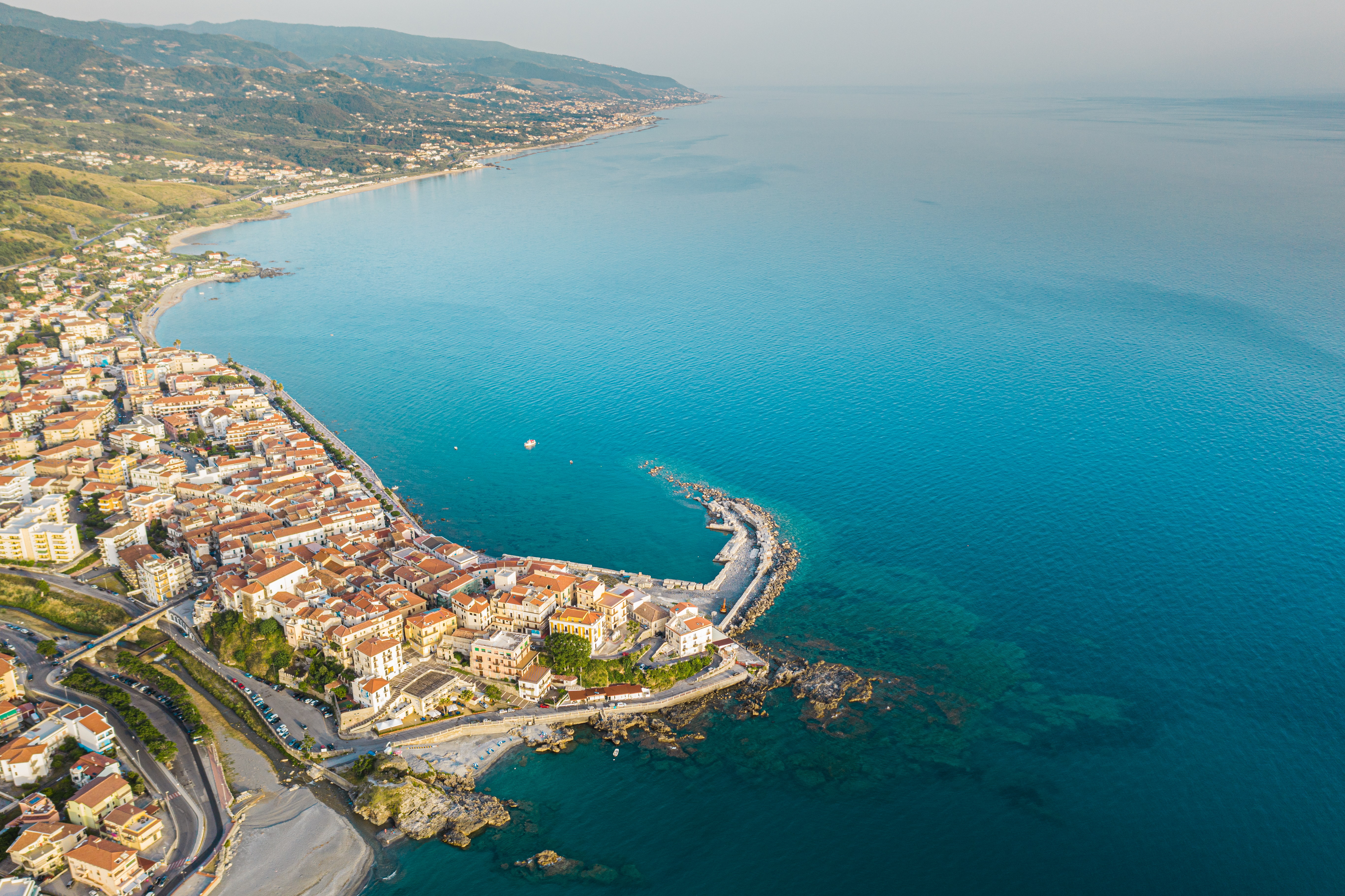
These highly valuable environmental beauties are populated by rare and uncommon species, such as Juniperus phoenicea, Anthyllis barba jovis and the rare Pteris vittata, reported to be a declining and disappearing species in the Mediterranean.
Dino Island in particular is a small natural paradise, as it is a limestone islet rich in caves, walls and cliffs nested by peregrine falcons and rich in important plant endemisms, such as the Primula palinuri and especially the Chamaerops humilis (a very rare specimen of dwarf palm).
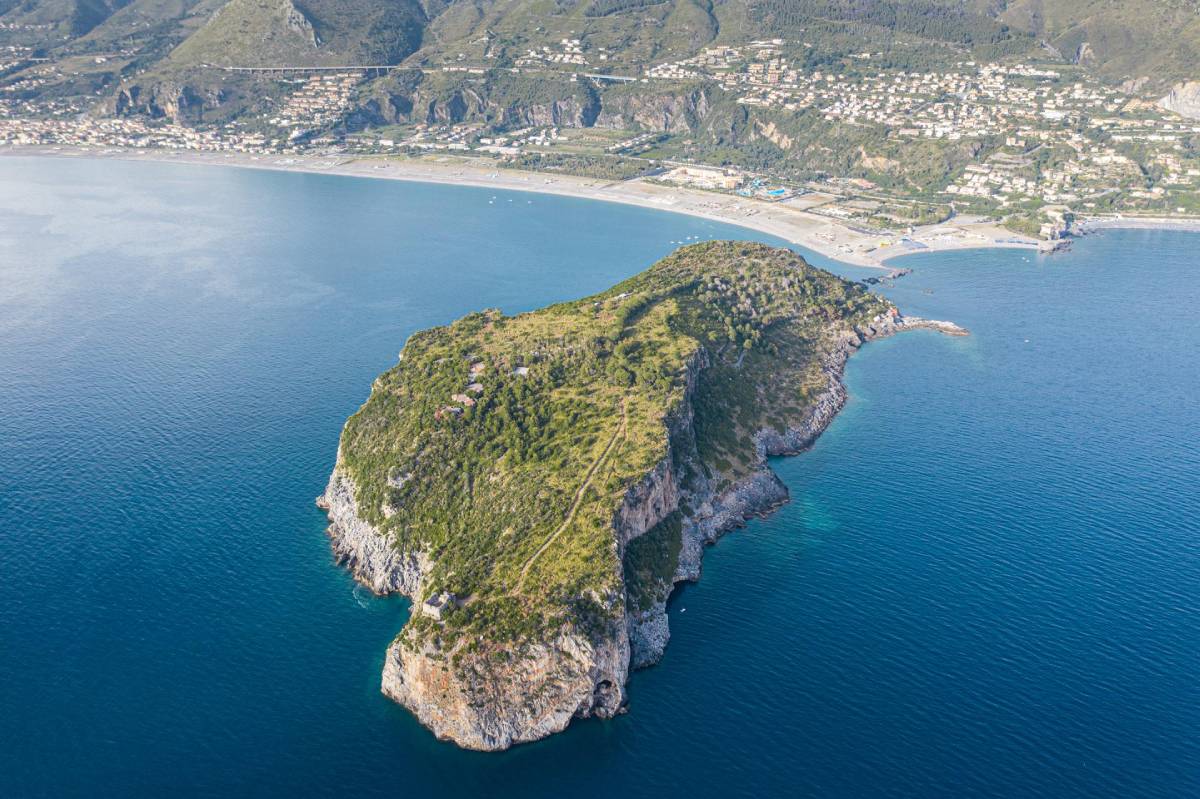
The "Scogli di Isca" Marine Park, a WWF Blue Oasis, falls between the municipalities of Amantea and Belmonte Calabro and, as its name suggests, is characterised by the presence of two rocks known as Isca Grande and Isca Piccola, which differ in size and bathymetric height.
This Special Area of Conservation is one of the most beautiful examples of Mediterranean flora and fauna, with a large posidonia meadow and high biodiversity (coral, gorgonians, sea daisies, spirographs, sponges, moray eels, etc.). It is a favourable area for the passage of dolphins and stenellas, as well as nesting grounds for the Caretta Caretta sea turtle.
Moving to the province of Catanzaro, in the wide Gulf of Squillace on the Middle Ionian Sea known as the Orange Coast, we encounter the "Baia di Soverato" Regional Marine Park.
Otherwise known as "Hippocampus Bay", due to the peculiar presence in its waters of the disappearing species of Hippocampus (vulgarly known as "seahorse"), the bay extends into the municipality of Soverato, one of the most popular Ionian seaside resorts. Here it is also possible to observe the needlefish (Syngnathus abaster) and the large tuna galea shell.

On the opposite, Tyrrhenian side of the renowned Costa degli Dei, in the province of Vibo Valentia, we enjoy the wonders of the Regional Marine Park "Fondali di Capocozzo-S. Irene, Vibo Marina-Pizzo, Capo Vaticano-Tropea".
In addition to the localities included in the designation, the park covers the entire marine environment of the municipalities of Vibo Valentia, Pizzo, Briatico, Zambrone, Parghelia and Ricadi.
One of the most beautiful examples of Mediterranean flora and fauna, these vast seabeds enclose extensive posidonia meadows and they are characterised by the unmistakable formation of rocky shoals parallel to the coastline, carved and reshaped by the sea into the shape of truly spectacular arches, holes and ravines.
Lastly, the province of Reggio Calabria offers the beauties of the "Costa dei Gelsomini" Regional Marine Park, whose name, evocative of the sweet summer scent that can be breathed along the coastline, takes us to the Grecanici municipalities between Capo Bruzzano and Punta di Spropoli, namely Bianco, Ferruzzano, Bruzzano Zeffirio, Brancaleone and Palizzi.
We are in the absolute nesting realm of the loggerhead turtle Caretta Caretta, in particular near Brancaleone, a nationally recognised site among the two main reproductive areas of this species, where a sea turtle study and rehabilitation centre is active.
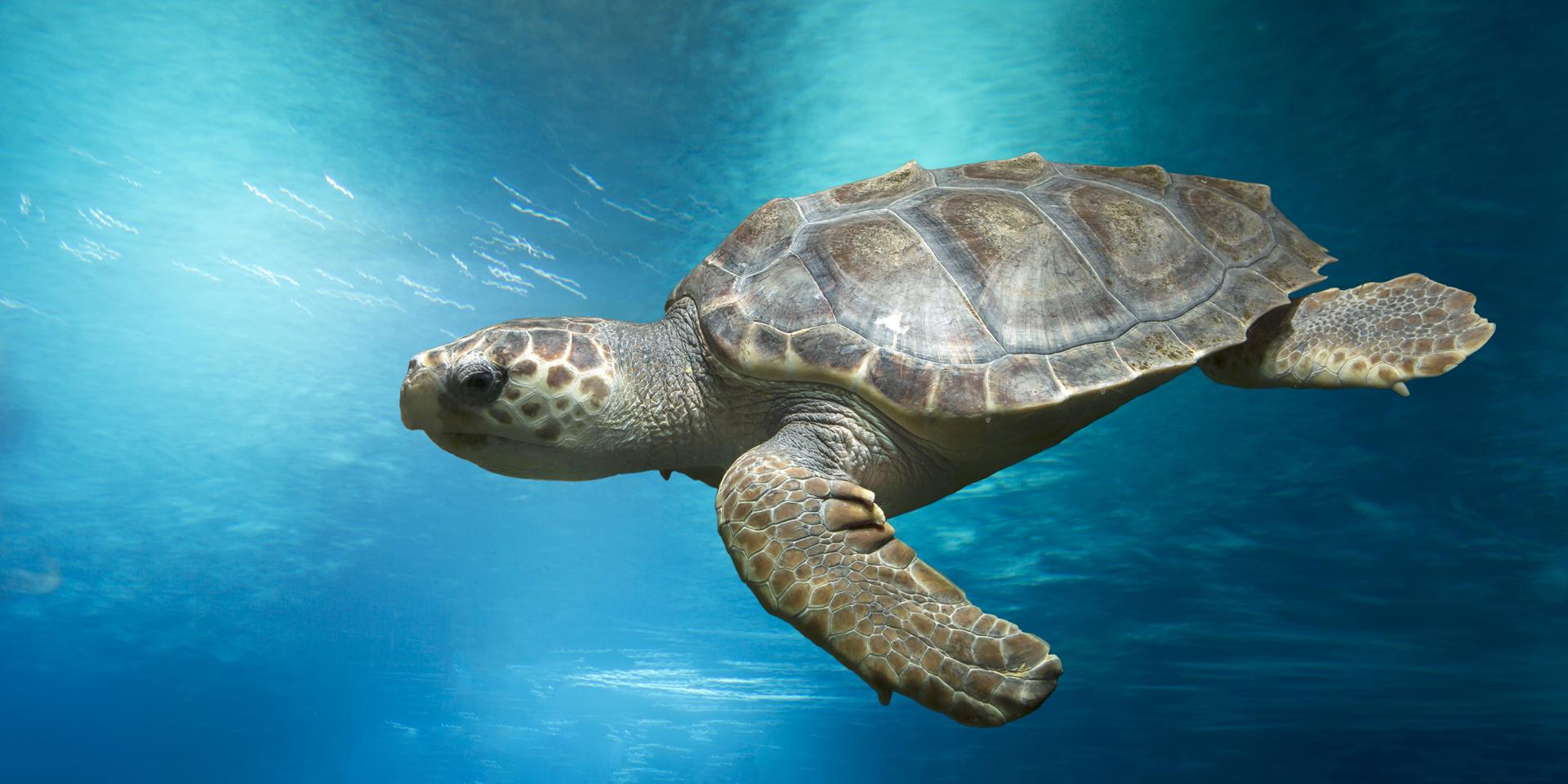
https://calabriastraordinaria.it/en/news/a-dive-between-parks-and-marine-areas-in-calabria




